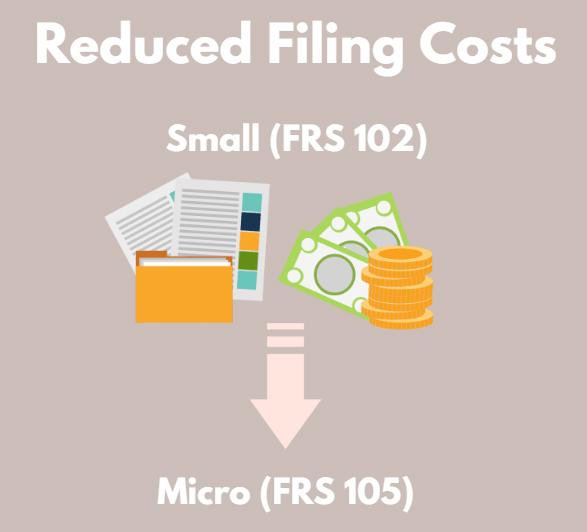On the 6th April 2025, HMRC and Companies House introduced changes to the account thresholds for small and micro companies. This affects the type of accounts that you submit alongside your CT600 return to HMRC, and also the accounts you submit to Companies House. Let's discuss how the thresholds have changes and how this affects your company when the time comes for filing your annual returns.
Account Threshold Changes:
Account Thresholds before the 6th April 2025:
Small companies:
To be considered as a small entity, your company must have two of the following:
- A turnover of £10.2 million or less
- £5.1 million or less on its balance sheet
- 50 or less employees
Micro companies:
To be considered as a micro entity, your company must have two of the following:
- A turnover of £632,000 or less
- £316,000 or less on its balance sheet
- 10 or less employees
These account thresholds were set up in 2013, so HMRC recently decided to update them in order to account for inflation and ease the reporting burden for companies by reducing the complexity of filing for many people.
Account Thresholds after the 6th April 2025:
Here are the updated account thresholds that have now been put in place.
Small companies:
To be considered as a small entity, your company must have two of the following:
- A turnover of £15 million or less
- £7.5 millions or less on its balance sheet (net assets/capital and reserves)
- 50 or less employees
Micro companies:
To be considered as a micro entity, your company must have two of the following:
- A turnover of £1 million or less
- £500,000 or less on its balance sheet (net assets/capital and reserves)
- 10 or less employees
No matter which accounting period you are filing for, you will need to double check that your company meets these new thresholds, as they apply for all companies that are filing now, not based on the accounting period. It is worth noting that these new account thresholds apply to not only limited companies, but also limited liability partnerships.
If you meet the conditions of being a small entity, then you will need to file under the financial reporting standard 102, which is much more complex due to the additional information and breakdowns required.
The accounts for micro entities differ to those of the small entities as they are prepared under the financial reporting standard 105, which offers a simpler overview of the company’s financial position. Although the basics of what needs to be included – an income statement, balance sheet, and notes to the accounts – are similar to the small company accounts, the actual breakdown of the figures is compressed.
Now let’s dive a little further into how this change has affected small and micro entities.
How did this change impact small businesses?
Thousands of registered companies that were previously considered as small, became micro entities after the account threshold changes were implemented. This was the same for medium sized companies, who became small entities thanks to these changes. With the switch from being larger companies to smaller companies, there have been many effects.
1. Increased efficiency
The first big impact that the account threshold changes had on companies, is that it made the filing process so much simpler for a lot of companies. This is especially the case for micro companies that used to be small, as often times you need some background knowledge on accountancy practices in order to understand how to complete the accounts under FRS 102. Now under FRS 105, it will make the filing process much less intimidating and a lot quicker. This will also benefit Companies House and HMRC, as it will most likely improve the punctuality of the submissions.
2. Audit exemptions
Another major impact that this change has had is that several companies can claim the audit exemption, if they are becoming a small entity filing under FRS 102. At the moment, medium and large companies need to have their accounts audited, however, due to the size and nature of small and micro companies, they can claim an audit exemption, meaning that they are allowed to complete their filings themselves. This not only saves a lot of time but also money, as accountancy fees can rake up a lot of expenses, that can now be avoided if they fall under the small company category instead.
of time but also money, as accountancy fees can rake up a lot of expenses, that can now be avoided if they fall under the small company category instead.
3. Reduced filing costs
Following on from reduced costs thanks to audit exemptions, micro companies can now also benefit from reduced filing fees, as it is often cheaper to file as a micro entity than a small entity. For example, if you are looking to file your company’s annual returns through Easy Digital Filing,it is cheaper to file as a micro company than it is as a small company. This is due to the complexity of smaller accounts, as there is a lot more information required, which is eliminated in the micro accounts. To get started on your filing journey today, just head over to our other company easydigitalfiling.com to create an account with us.
To find out more about the differences between small and micro companies, please feel free to read our article ‘Micro and Small entities accounts’ differences’ from our Knowledge Base.





















